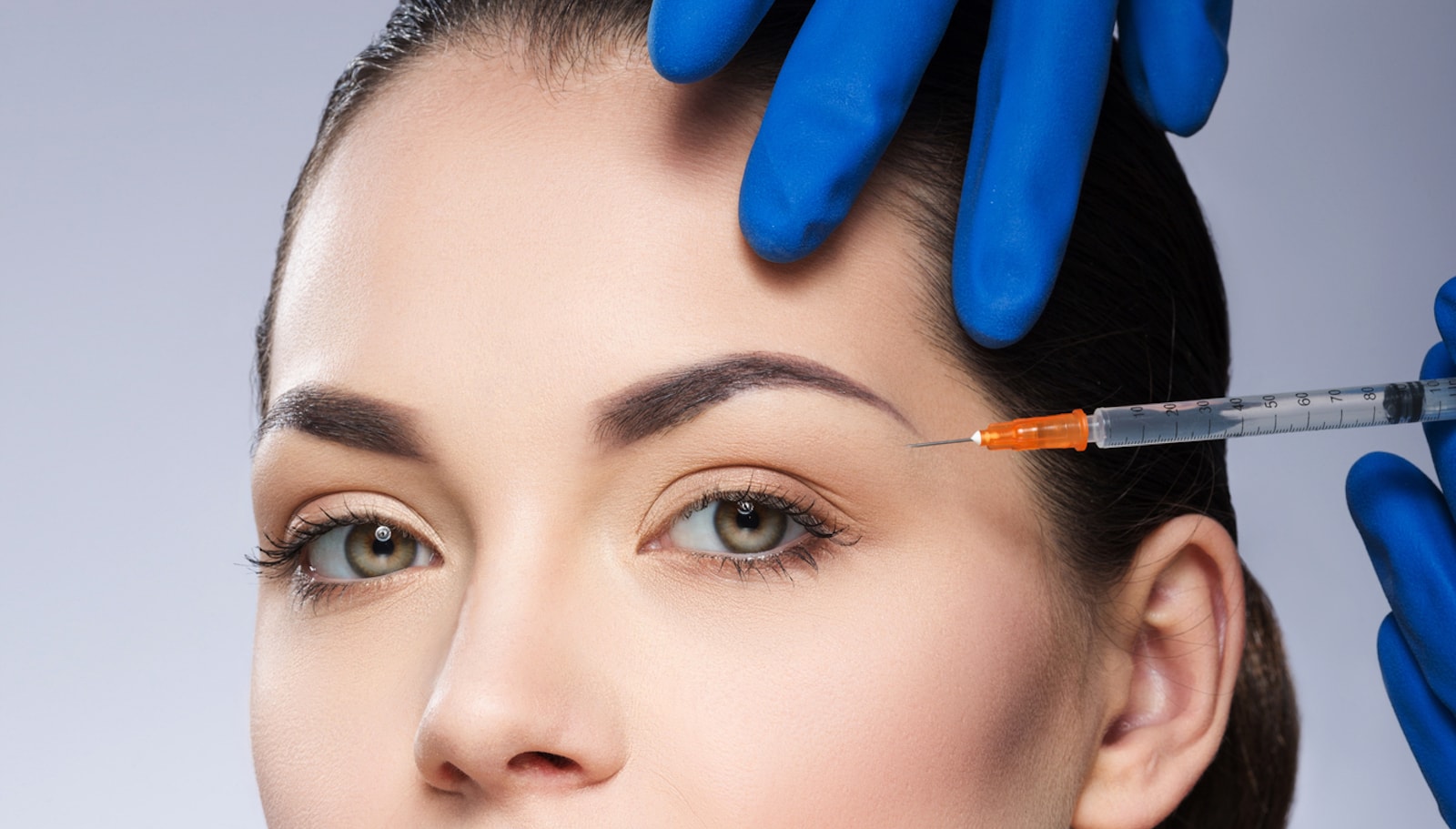

Eyelid fat grafting addresses hollowness that exists in the upper and lower eyelid area. People tend to lose fat in these areas thanks to genetics, aging or a previous blepharoplasty procedure. When people have blepharoplasty, a lot of the protective layer of fat around the eyes is removed. If too much is taken out, doctors can restore its appearance a little bit by taking fat from other areas of the body and placing it in the eyelid area. This procedure restores volume and gives the patient a more youthful appearance.
A person that can benefit from this procedure is someone who has recently lost a large amount of weight. After weight loss, a person typically does not lose facial fat around the eyelids. However, there are some people who do lose a bit of facial fat and their eyes appear sunken so they can benefit from eyelid fat grafting.
Other people who can benefit from eyelid fat grafting are those who had previous cosmetic surgery. One of the problems with cosmetic surgery in the past was that doctors would take too much fat from people. This made patients look thinner and hollow in those areas as they got older. People who had previous surgery that led to too much fat removal are good candidates for the procedure.
Also, patients who have developed deep recesses between the brow and upper lid can see dramatic changes in volume through eyelid fat grafting.
Less than ideal candidates for eyelid fat grafting include:
Before being injected, the fat is taken from another area of the patient’s body such as the abdomen, thighs and hips to be processed and made into a more pure fat. Small amounts of fat are then injected into the eyelids, using small cannulas, in order to build structure. New blood vessels grow into the fat that is injected which allows it to thrive and add volume. The procedure uses fat from the body as natural filler and rejuvenates tired looking eyes.
Many patients choose to use hyaluronic acid fillers, such as Restylane and Juvederm, to treat their eyelids. Fillers are effective but unlike eyelid fat grafting, they are not permanent as they last anywhere from three months to a year. However, some patients like this option as fillers are simply injected into the patient without the need for surgery.
The cost for eyelid fat grafting depends on the fees charged by the surgeon, how much fat is being transferred and the area of the country where the procedure is performed. In general, the cost ranges from $1000-$13,000 and the average cost is $5475.
There is little recovery and downtime involved with eyelid fat grafting. Patients may need a couple of days off work to rest from the procedure. Ice is kept on the area for the first 24 hours to keep the swelling and bruising down. Because of lingering bruising and swelling, patients need about two weeks until they are fully ready to be in public for social situations.
In any fat grafting procedure, anywhere from 50%-70% of what is injected stays for good. In general, the results that are seen at six months will be their forever using fat grafting.
It is important to note that the grafted area can return to its original state due to various reasons. For example, if a person loses a lot of weight, the fat cells can get smaller or if a person puts on a lot of weight, the area can get a little bit bigger.
One of the biggest risks is asymmetry because the fat being injected can have lumpy areas. Asymmetry happens when there is a greater amount of fat on one side than the other side. This is the reason why some people prefer to do fillers. If the patient does not like the results, they can add more filler to the area. With fat grafting of the eyelids, the doctor sometimes still has to add filler on top of the procedure to get the desired volume.
Long-term risks include bleeding and infections. Since the procedure deals with the eye, there is also a risk of puncturing the eye or causing weakness of the eye if the surgeon gets too close to a nerve.
The main limitation is the amount of fat that can be transferred on the patient. A person might not have enough fat to transfer and there might be a limit to the amount that can be transferred in order to achieve natural looking results.
Sine eyelid fat grafting requires the transfer of fat via injections, patients need to do proper research and find a doctor experienced in performing the treatment. A doctor who is familiar with eyelid fat grafting can help determine if a patient is an ideal candidate for the procedure. Plus, the doctor can discuss the pros and cons of eyelid fat grafting so the patient can make an informed decision on whether eyelid fat grafting is the best choice to achieve the desired results.
Written by Cosmetic Town Editorial Team - MA
Based on an exclusive interview with Jaime Schwartz, MD in Whittier, CA